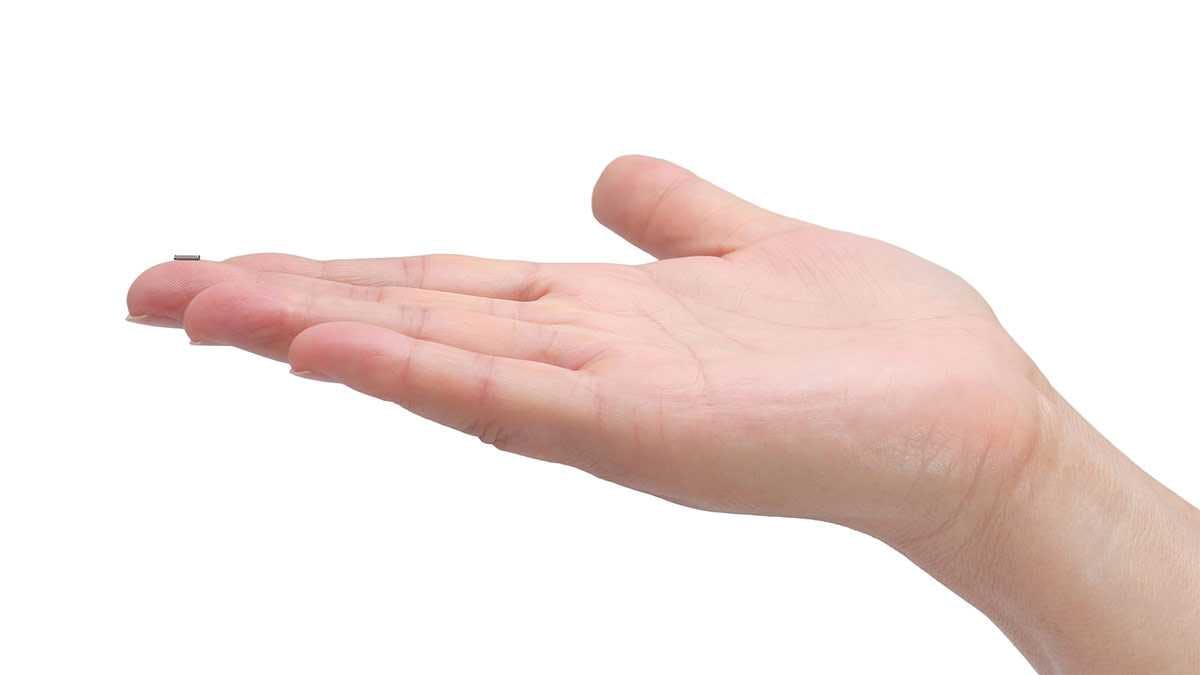Ochsner Health System adopts Magseed®

Endomag announced today that Ochsner Health System has adopted Magseed® as the standard of care for breast lesion localisation, having identified the system as simpler and more effective than alternative techniques.
Magseed® was chosen as the preferred alternative to wire localisation, based on clinician and patient experience, following trials comparing the benefits of this technology with radioactive seed and radar techniques.
Ochsner Health System chose to move away from traditional wire localisation, which is known to be restrictive, lengthy and an uncomfortable procedure for patients. Wire systems must be conducted on the same day as surgery and can result in delays, infection, and a higher risk of cancerous tissue being left behind.
Having explored alternative techniques, including radioactive seed localisation (RSL) and radar localisation, Ochsner Health System, which provides cancer care to around 15,000 patients per year, found Magseed® to provide significant advantages for both surgeon and patient, and has chosen the technology as the Health System’s preferred localisation technique for breast lesions.

While RSL provides an alternative to wire techniques and can be conducted several days ahead of surgery, setting up a program can be difficult to coordinate across multiple hospital departments. The procedure also places a heavy burden on clinicians who need to closely track the seeds to ensure radio-labeled material is recovered from the breast specimen.
Radar localisation, an alternative non-radioactive technique, uses micro-impulse radar to detect a reflector that is placed at the tumour site up to 30 days ahead of surgery. However, the reflectors are quite large in comparison with Magseed® and can be damaged during placement within the lesion. Once inside the breast tissue, the reflector can be difficult to locate from all orientations and a second scanner is required to confirm that it is still working.
"Magseed removes many of the complications associated with traditional wire and more fragile localisation systems, and is easier to deploy and locate."Dr Aimee Mackey Breast Surgeon, Ochsner Health System
Dr Aimee Mackey, Breast Surgeon, Ochsner Health System, commented:
“Radar localisation was eventually dismissed due to its slower, more cumbersome scanning that made it hard to locate the reflector. By contrast the Sentimag probe was much faster and its immediate feedback made it easier to scan the breast and locate Magseed.”
Magseed was identified as the most patient-centered localisation technique available, offering the precision of radioseeds without the safety and regulatory concerns associated with radioactive exposure. Magseed® cannot be damaged during placement.
The clarity of imaging provided by the system enables confident and efficient placement within the breast lesion, and ease of location during surgery. As a result, this technique can be performed rapidly, allowing more patients to benefit from treatment.
Dr Dana Smetherman, Section Head, Breast Imaging, Ochsner Health System, said:
“Overall we found that Magseed tackles most of the technical and safety issues associated with wire localisation, radioactive seeds, and radar localisation. We believe that this is the best technology for our patients. Once they become aware that this technology is available to them, we’re certain that Ochsner Health System will be their preferred treatment provider.”
Dr Aimee Mackey added:
“We are very pleased to have adopted this robust and accurate technology that will enable our department to effectively treat a greater number of patients. Magseed removes many of the complications associated with traditional wire and more fragile localisation systems, and is easier to deploy and locate. This advanced, non-radioactive technology provides reassurance for clinicians and a more comfortable experience for patients.”